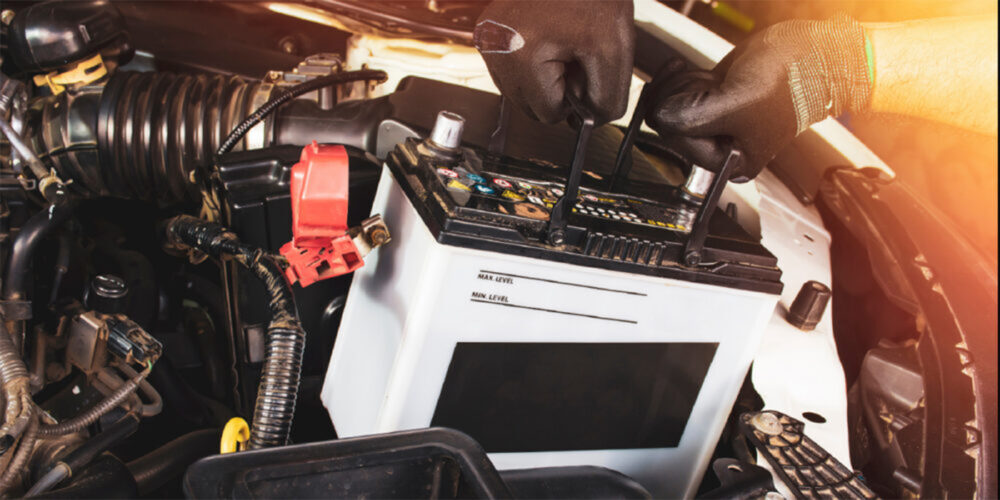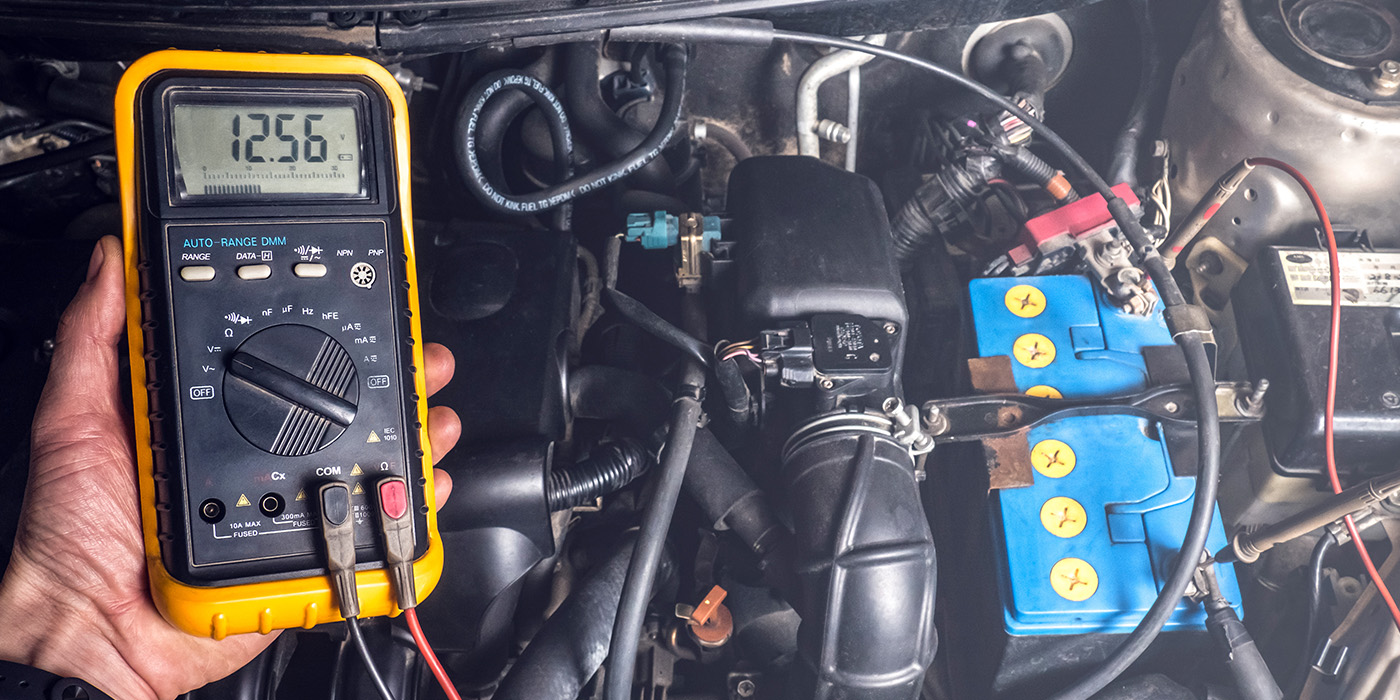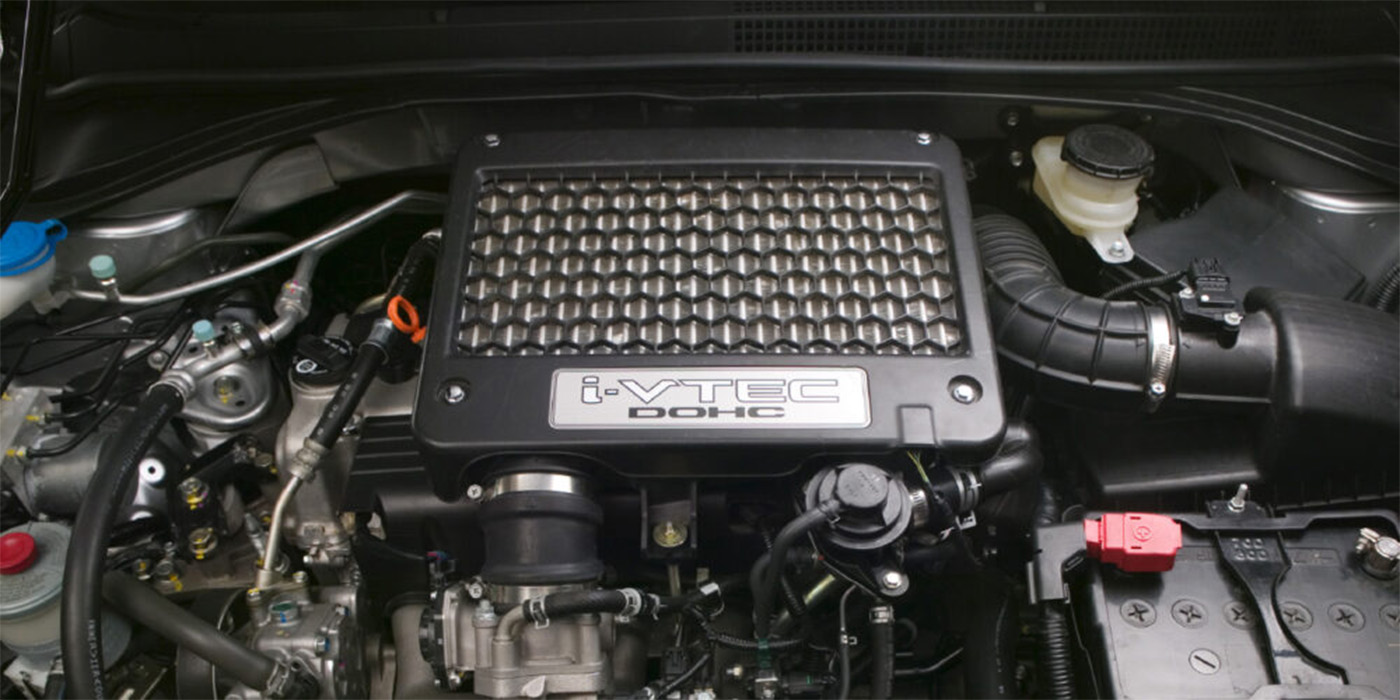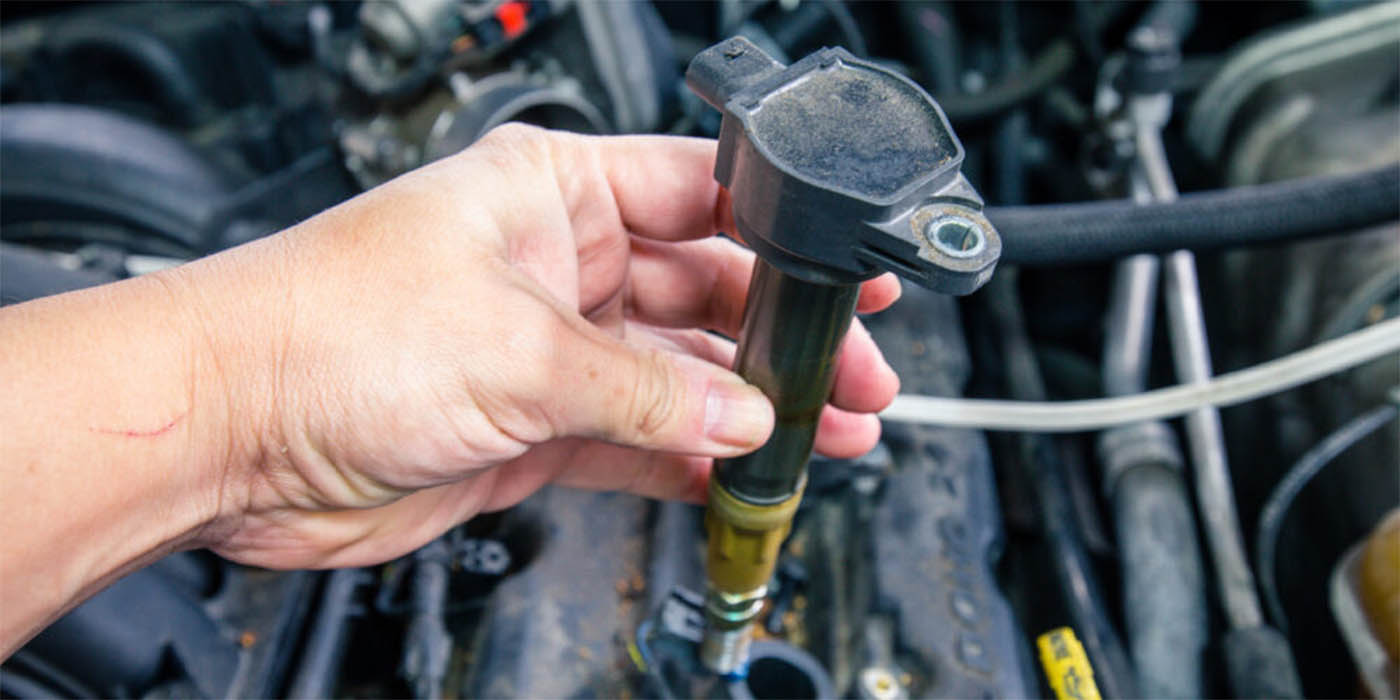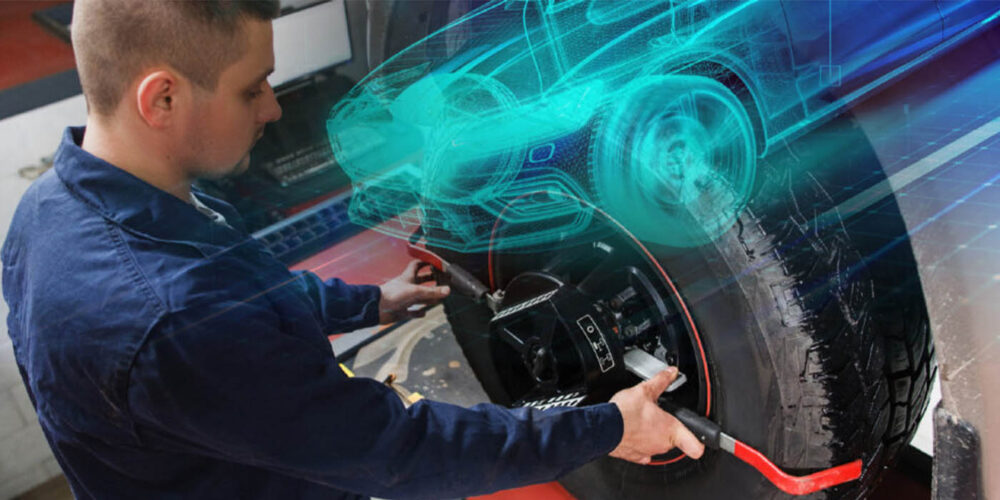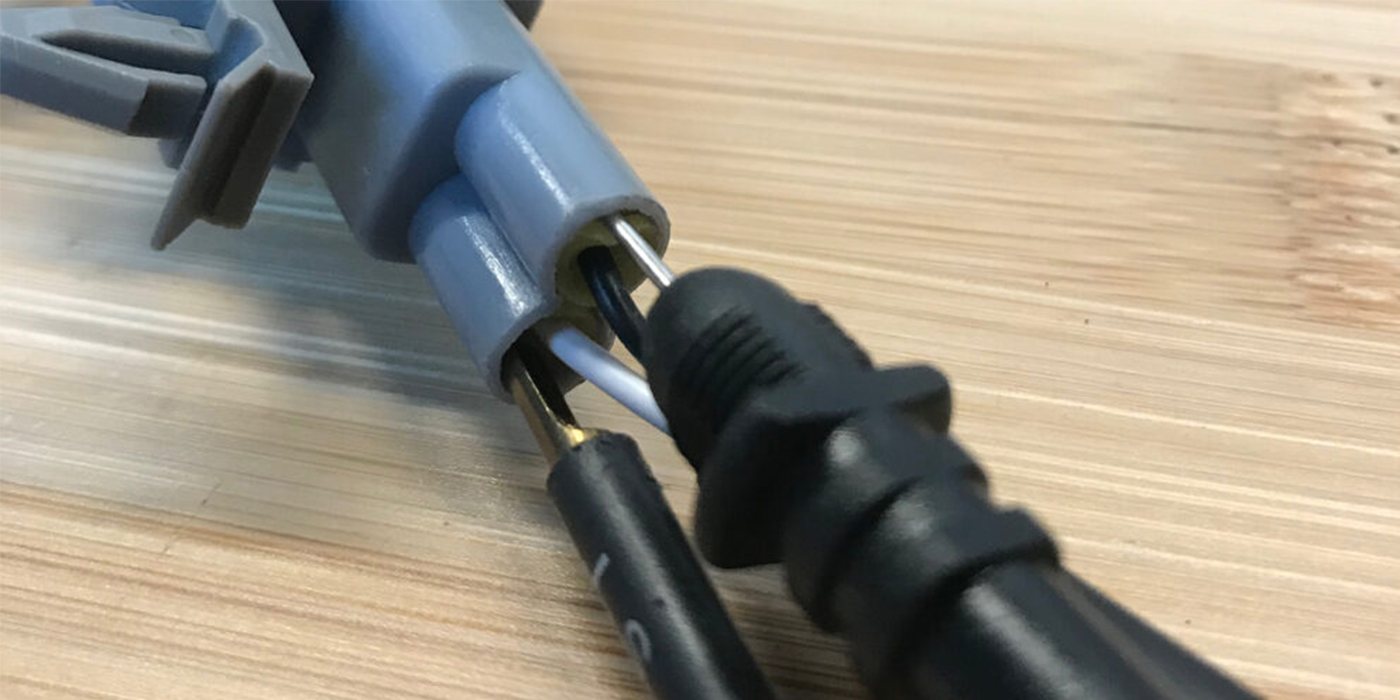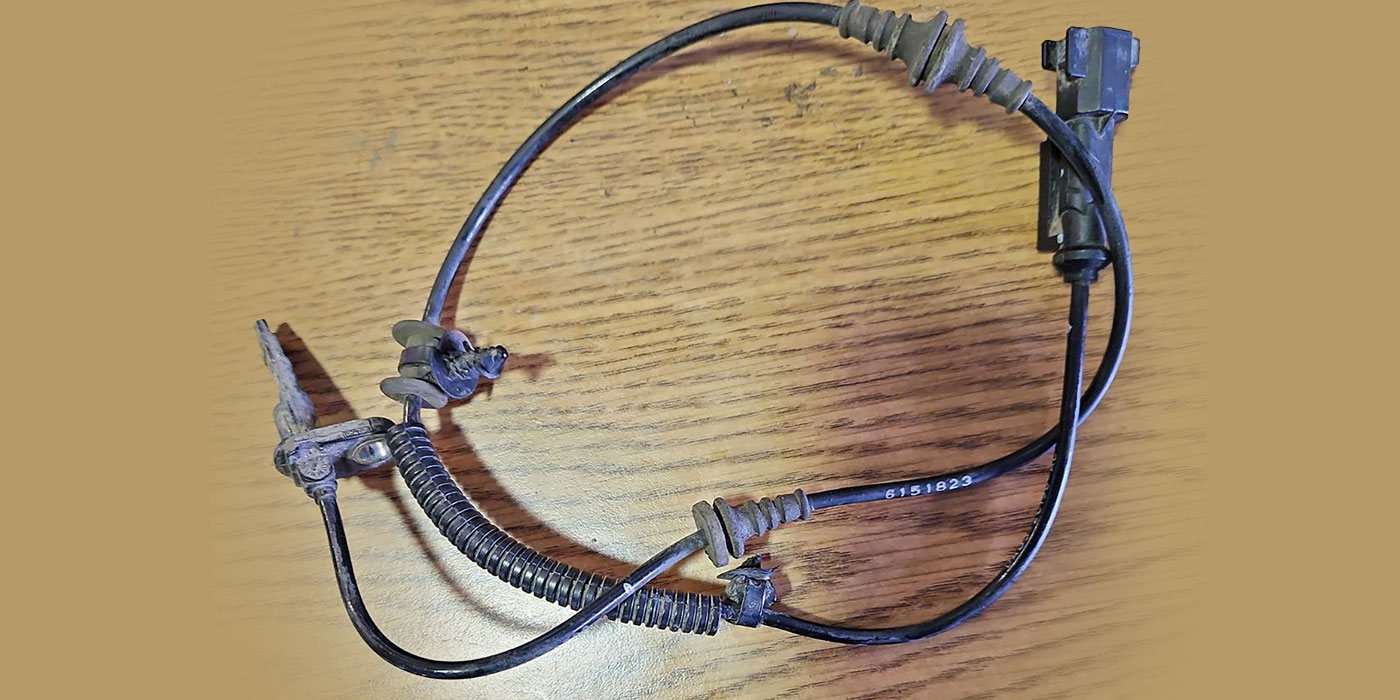An intelligent power management system needs to know the condition of the battery, which determines the loads and the output of the alternator. The battery is not a constant part of the power-management equation. As the battery ages, temperature and internal conditions govern the capacity and output of the battery.
Most modern systems will measure the internal resistance of the battery, which changes the capacity of the battery and how it charges. The vehicle does this by measuring the voltage drop across the terminals with the positive and negative terminals.
Temperature changes how the battery discharges and the amount of current that can be delivered. Some systems have a battery sensor that is put in the battery, the battery cable or the system to estimate under-the-hood temperatures.
Some vehicles will also measure the current passing through the positive battery cable with a current coil wrapped around the cable. By measuring current, it is possible to monitor the power going in and out of the battery.
The sensors can be connected to a module that communicates with the engine control module. Some systems also will look at system voltage during cranking. If the voltage drops below a specific level for an amount of time, it could set a code and the battery light on the dash could be illuminated.
By knowing the condition of the battery, it is possible to make a smart decision like using the stop/start system or running an auxiliary water pump to cool the turbocharger when the engine is turned off. The system can also alert the driver that the battery needs to be replaced long before it leaves them stranded.
Battery management systems can also give you information if the battery needs replacement. Very few systems will give you a data PID or percentage of battery life. But, they will have manufacturer-specific codes that can indicate a failing battery.
The other thing to remember is any power management system is driven by software. This software needs updates as engineers correct bugs in the software. Plus, the system needs to be calibrated to the battery.
Some vehicles will require a reset procedure that involves telling the system a new battery has been installed. Some BMW vehicles require you input a code that indicates the amp hours of the new battery. Some vehicles from Ford require a few drive cycles to complete a battery monitor.
Diagnostics
While the state-of-charge test can tell you a lot about a fully charged battery, you also need to measure how low the voltages go while the engine is cranking. This can be performed with a meter’s “min-max” function. If you have a scope, you can graph the voltage drop, looking at not only how far the voltage dropped, but also the length of time.
On some diagnostic conundrums, you will need a healthy battery to carry out certain diagnostic tests. If the battery is failing, you could have inconclusive results if you are trying to bi-directionally control a component line, like a transmission solenoid or even an EVAP valve.
So, before you start wasting valuable diagnostic time, always evaluate the condition of the battery first. If the battery is underperforming, get the customer to authorize a replacement, so you can resolve many problems before you haul out the diagnostic big guns.

